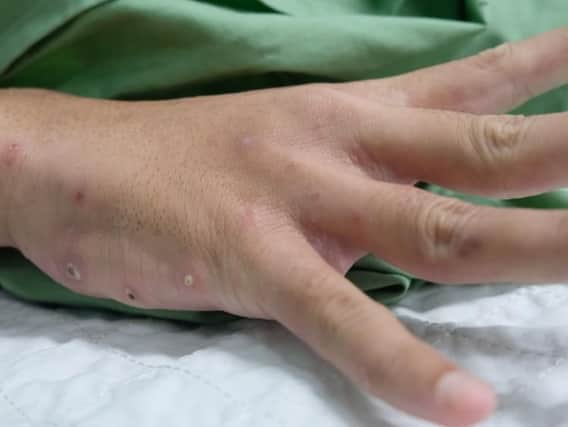Everything you need to know about NHS Lothian scabies outbreak


It has struck five sites across the region including the flagship Royal Infirmary of Edinburgh, Roodlands Hospital in Haddington, East Lothian, Ferryfield House Community Hospital in Edinburgh, Midlothian Care in the Community and the Medical Emergency Response Incident Teams across the region.
The outbreak was identified on August 16 and has been ongoing since, with a specialist Problem Assessment Group in place to monitor the situation.
Advertisement
Hide AdAdvertisement
Hide AdAn anonymous source told the Edinburgh Evening News that the mortuary staff found the infestation after a patient had died at the infirmary.
Here is everything you need to know about scabies:
What is scabies?
Scabies is not an infection, but an infestation. Tiny mites called Sarcoptes scabiei gather in the outer layers of human skin and burrow and lay eggs inside the skin.
What are the symptoms?
A scabies infestation leads to itching and an angry rash in areas where the mites have burrowed. The itching is often worse at night, when the skin is warmer. The rash can often start between the fingers but usually spreads across the whole body - apart from the head.
How is it treated?
Scabies is not usually a serious condition but does need treatment. A pharmacist will recommend a cream or lotion that you apply over your whole body. You will need to repeat the treatment one week later. Scabies is infectious but it can take up to eight weeks for the rash to appear. Everyone in the same household needs to be treated at the same time, even if they don't have symptoms.
How does scabies spread?
Advertisement
Hide AdAdvertisement
Hide AdScabies are passed from person to person by skin-to-skin contact. You can't get scabies from pets. People who live or work closely together in nurseries, university halls of residence or nursing homes are more at risk.
